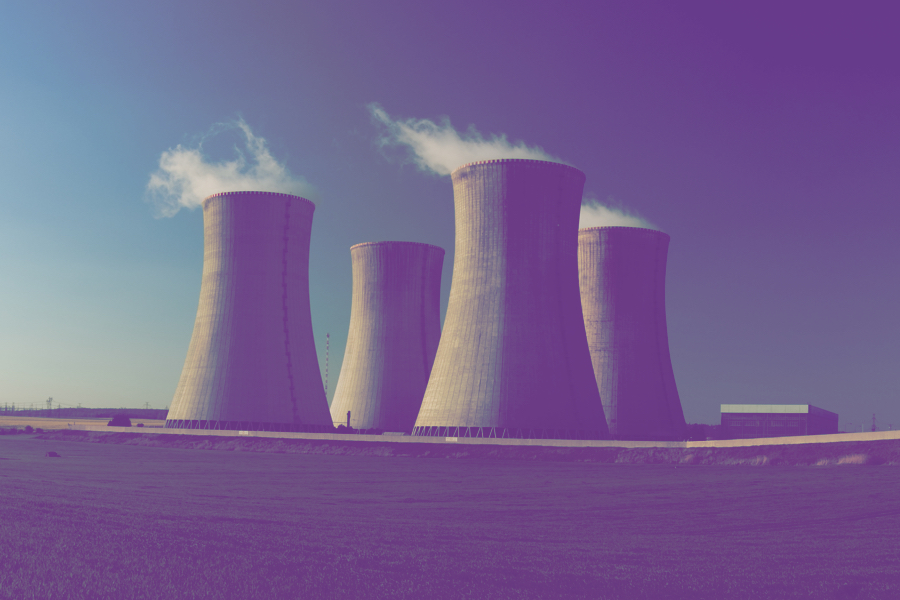Electricity is generated in nuclear plants, but how does a nuclear plant work? Almost every plant uses nuclear fission through nuclear reactors. These reactions produce thermal energy which is transformed into mechanical energy and then electric energy. It is worth stressing that every plant uses nuclear fission, as nuclear fusion is impractical during the development phase.
Nuclear plant operation
The operation process is the same as in a coal, oil or gas thermal plant with the exception that heat energy or heat is applied to the water to convert it into vapor. This is due to the fact that nuclear reactors obtain heat via the nuclear fission reactions from nuclear fuel atoms, unlike other thermal plants which generate energy via the burning of one or several fossil fuels.
A nuclear plant has a variety of nuclear reactors, although all of them have the same objective, which is to use the heat from the nuclear fission reactions to activate the turbines, which in turn generate the electricity. There are two main types of nuclear reactors:
- Pressurized Water Reactor (PWR)
- Boiling Water Reactor (BWR)
As the first is more commonly used internationally, let’s find out more about its process below.
Operational steps of a nuclear plant
The pressurized water reactor process can be summarized into 4 basic steps:
- Thermal energy is obtained via the nuclear fission of atomic cores from nuclear fuel.
- Water vapor is produced from the energy obtained from the heat generator.
- Various turbines are activated through the water vapor produced.
- The mechanical energy from the turbines is used to activate the electricity generator, which then produces electricity.
From a physics perspective, there are various energy shifts throughout the process. Initially, the nuclear energy maintains the atom cores together. These then break up and convert into thermal energy, while this energy is also converted into internal energy upon turning the water into vapor. The internal energy, as well as the heat energy from the water, then turn into kinetic energy when activated by the turbine. Finally, the generator then converts the kinetic energy into electricity.
The core of the reactor is what converts nuclear energy into thermal energy, triggering and controlling the atomic fission which generates a mass of heat energy. This then heats the water to turn it into high-pressure vapor. The other part of the electricity generator connected to the turbine transforms the kinetic energy into the electricity that flows into our homes, stores, offices and factories.






